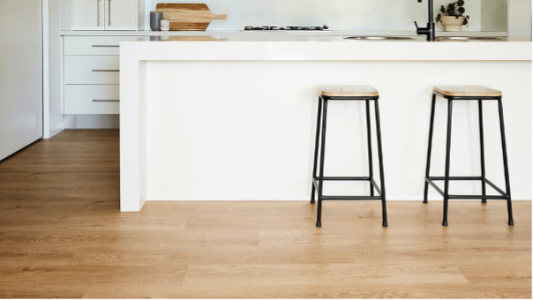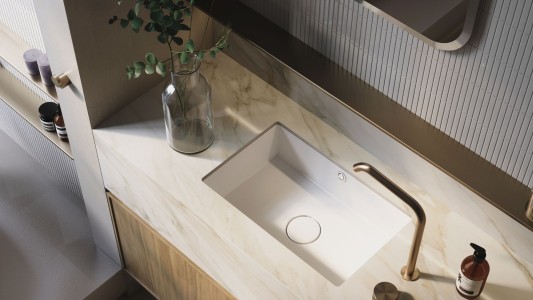Improving Indoor Air Quality
Improving Indoor Air Quality
As our homes get bigger and the blocks get smaller, we tend to spend more time indoors, so it’s worth understanding our options in terms of managing the quality of air inside our homes.
The air we breathe is something we all take for granted, but when it's not right, it can really affect the health of our families. We're big believers in understanding air quality and the resources available to make sure we're always breathing the best.
- newhomesguide.com.au.
It’s surprising just how many factors can influence the quality of air in our homes. Read on to freshen up your knowledge.
Indoor air quality
Because more indoors time is a general trend, the health of our homes becomes more and more important. Low indoor air quality can have a negative impact on wellbeing, from general fatigue to allergies and asthma.
The quality of air inside a home is affected by many things including finishes and furniture, poor venting of heating systems, building materials, excessive moisture, mould growth and poor ventilation. Household activities also have an impact from cooking, bathing and doing the laundry to our beloved pets and the ingredients in household cleaners.
Today’s new homes are built to give you the best possible indoor environment – a comfortable, enjoyable home with clean fresh air, a comfortable moisture level, and no mould or lingering odours.
Construction and design
Solid construction and intelligent design promotes healthy indoor air quality by minimising air leakage and the penetration of moisture. Exterior walls are well insulated and cavity-type construction provides the added benefit of an air gap to keep moisture out. External sealing is important and cladding should be properly sealed around windows and where the cladding joins the trims. Good ventilation should help prevent condensation and open-plan layouts mean good air movement.
Ventilation
Most rooms will be ventilated by open windows and while bathrooms and kitchens often use exhaust fans to remove moist air and cooking smells. The home’s interior is not the only area needing ventilation. Sub-floor areas must be properly vented to minimise the growth of mould that can damage building materials such as timber.
Heating and cooling
The heating and cooling solutions we use should be energy efficient and kept clean to maintain good air quality and create comfortable living environments. Radiant heat systems provide clean heating with hardly any emissions. Most modern gas and electric heating carries star-based energy efficiency ratings so we can all see how good they are in that department. Make sure your heaters are properly ‘chimnied’ so fumes are removed from your living spaces.
Building materials
Environmentally friendly materials can certainly reduce the pollutants brought into the home during construction. Options include no-solvent glues and grouts, water-based low emission paints, trims and cabinetry with acceptable levels of formaldehyde and prefinished hardwood flooring.
Finishing products
These products can have a long-term effect on the quality of the air inside our homes. A good example is ceramic and hard-surface flooring that doesn’t provide environments for dust and mites. It’s a healthy air advantage to have cabinets, countertops and sinks that can be cleaned well with mild, non-toxic cleaning products.
So, take a deep breath, and if you’re not happy with the taste and smell, take a closer look around your home and take action.



